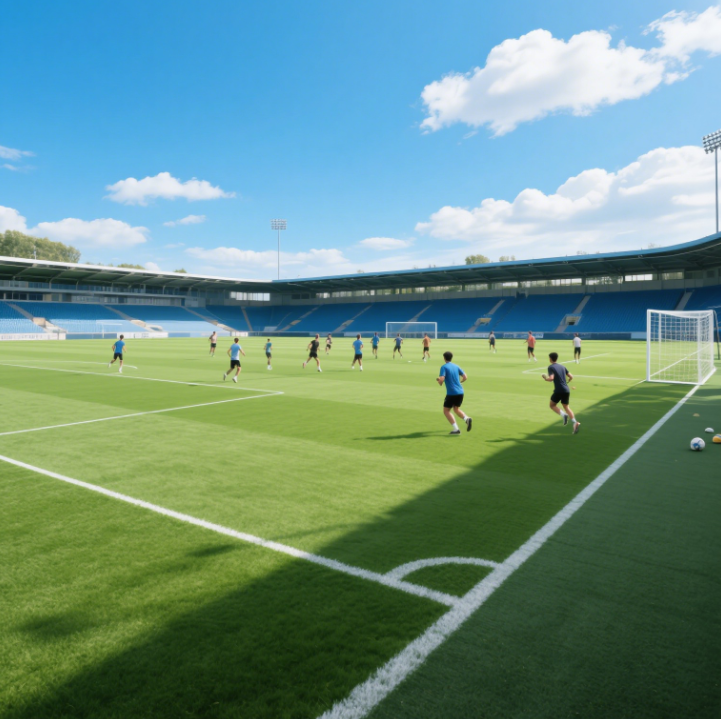
News

In the ongoing quest for sustainable living, the choice between natural and artificial grass has become a topic of intense debate. As more people seek to balance aesthetics with environmental responsibility, understanding the ecological implications of each option is crucial.
Natural Grass: The Traditional Green Choice
Natural grass has long been the standard for lawns and landscapes. It offers several environmental benefits. Through photosynthesis, natural grass absorbs carbon dioxide and releases oxygen, helping to improve air quality. A study by the American Society of Landscape Architects found that a 50-square-foot area of healthy lawn grass can produce enough oxygen for a family of four. Additionally, natural grass acts as a natural filter, trapping dust and pollutants in the air.
However, maintaining natural grass comes with its own set of challenges. It requires regular watering, fertilizing, and mowing. In regions facing water scarcity, the high water demand of natural grass can be a significant concern. Fertilizers and pesticides used to keep the grass healthy can also have negative impacts on water quality if they leach into groundwater or nearby water bodies.
Artificial Grass: A Modern Sustainable Alternative?
Artificial grass has gained popularity in recent years as a low-maintenance alternative to natural grass. It is made from synthetic materials such as polyethylene and polypropylene. One of the main advantages of artificial grass is its minimal water requirement. This makes it an attractive option in arid regions where water conservation is a priority.
Artificial grass also eliminates the need for fertilizers and pesticides, reducing the risk of chemical runoff into the environment. Additionally, it is highly durable and can withstand heavy foot traffic, making it suitable for high-use areas such as sports fields and playgrounds. Some manufacturers are now producing artificial grass with recycled materials, further enhancing its sustainability credentials.
The Verdict: A Balanced Approach
The choice between natural and artificial grass ultimately depends on individual circumstances and priorities. For those with access to sufficient water and a desire for a traditional, eco-friendly lawn, natural grass may be the ideal choice. Proper maintenance practices, such as using organic fertilizers and water-efficient irrigation systems, can help to minimize its environmental impact.
On the other hand, artificial grass offers a practical solution for those looking for a low-maintenance, water-saving option. When considering artificial grass, it is important to choose products from reputable manufacturers that prioritize sustainability in their production processes.
The debate between natural and artificial grass is not a one-size-fits-all issue. By carefully considering the environmental, economic, and practical aspects of each option, individuals can make an informed decision that aligns with their values and contributes to a more sustainable future.